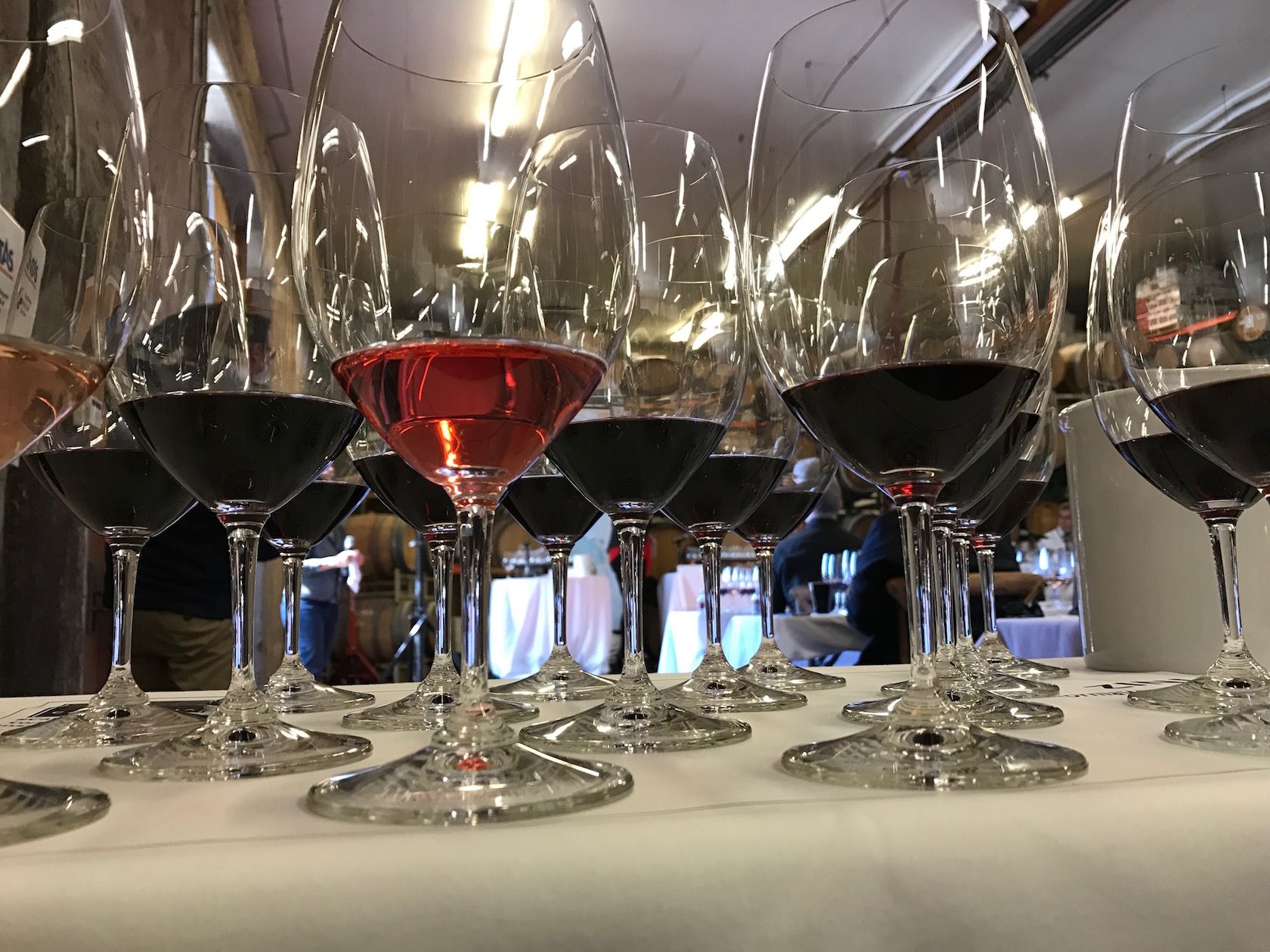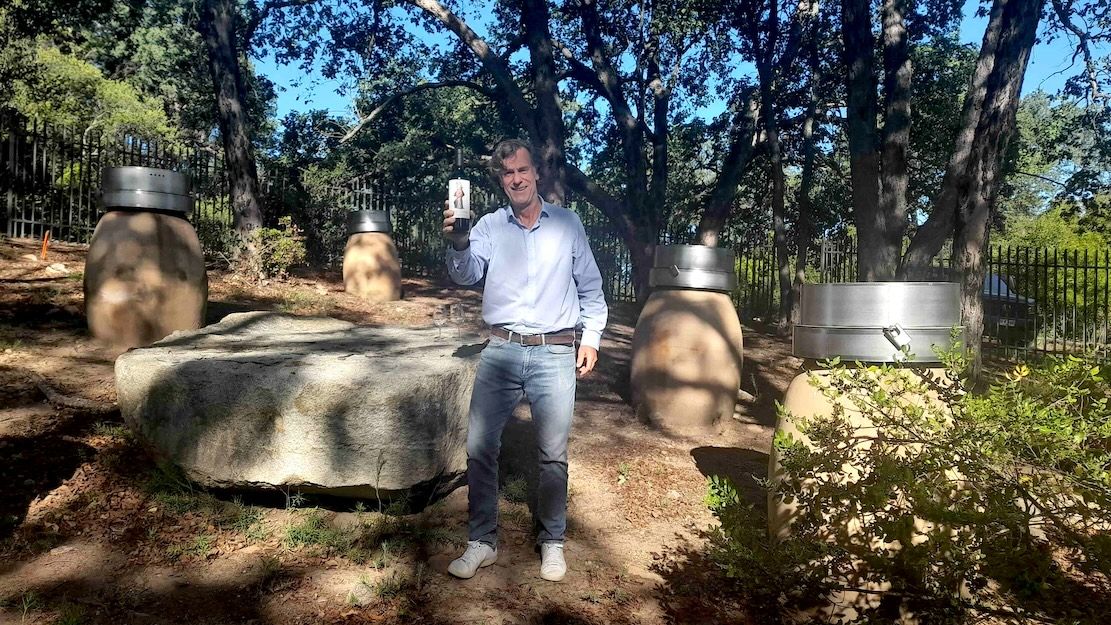Discovering why Zinfandel is “the most famous immigrant that Trump can’t deport” in the company of Ravenswood, Ridge and many more.
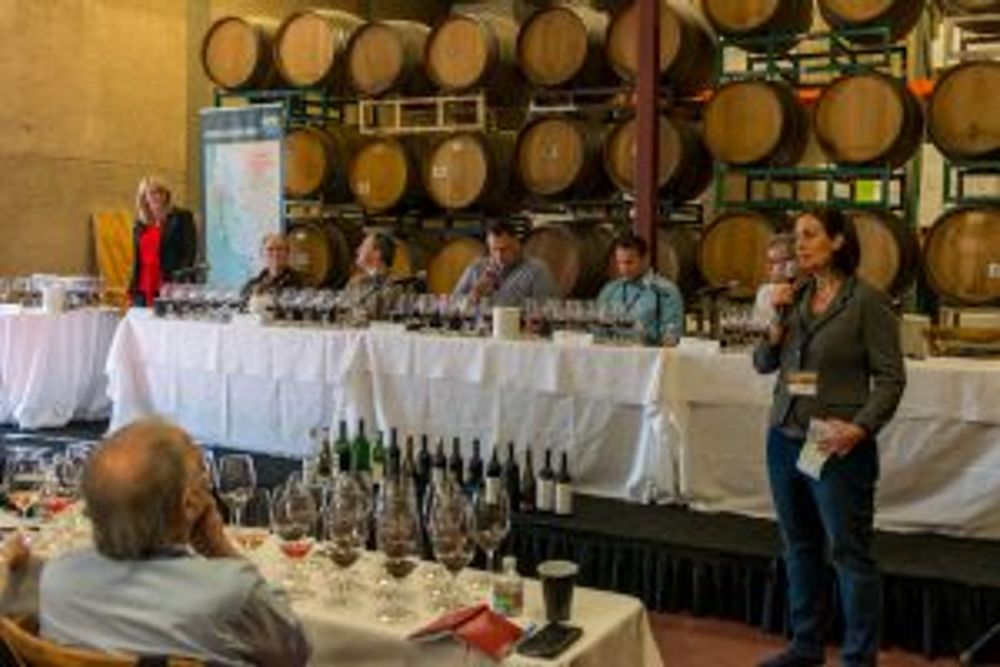
Zinfandel masterclass, Ravenswood, May 2017
If Clint Eastwood hadn’t been partial to a bit of the old firewater in the Spaghetti Westerns, his next order at the bar would probably have been a Zinfandel. Not the white or the rosé God forbid, nope! the sturdy red stuff that packs a mean punch and food-matches a Chipolte-laden taco to perfection.
In the multi-faceted wine region that is California, if Chardonnay speaks of the wooded hills of inland Sonoma and Napa Valley, Pinot Noir of the cooler climes of Russian River and Sonoma Coast, Zinfandel is cowboy country – the northern and central part of the state.
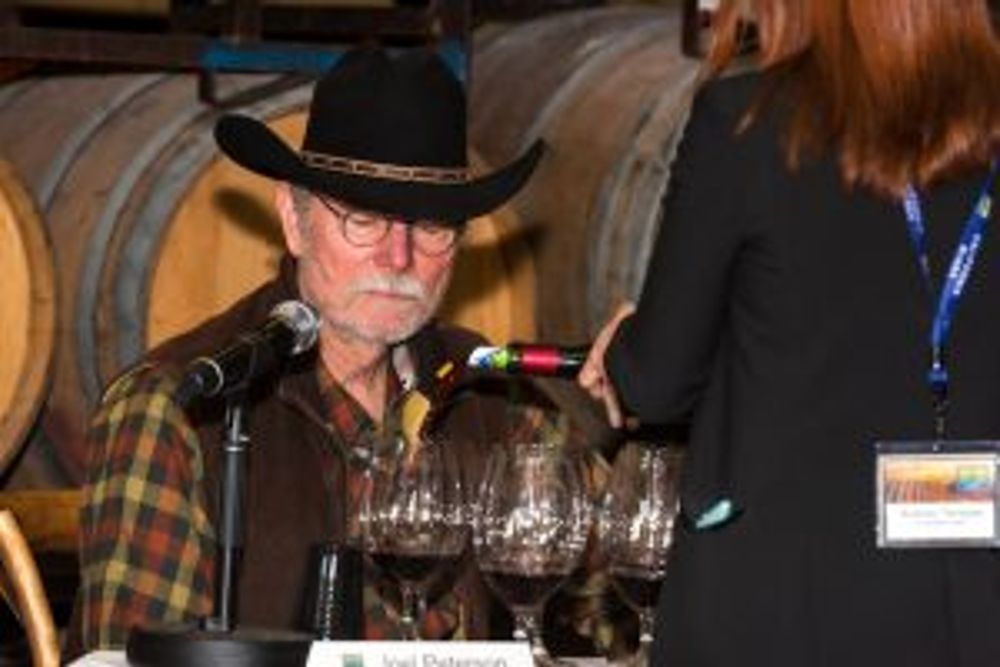
Get off your horse and drink your Zinfandel: Joel Peterson, Ravenswood
You only have to read the names of the key Zinfandel appellations to get the picture – Shenandoah Valley, El Dorado, Dry Creek Valley, Paso Robles, Mendocino Ridge, Sierra Foothills.
The grape came in from the West Coast with many of the first settlers, the vines being planted in the 1850s during the Californian Gold Rush, and it has never died out. In fact, some would argue that Zinfandel is the archetypal Californian grape if not America’s heritage varietal.
Zinfandel is the oldest documented grape variety in California and was, at one time, the state’s leading grape (it is now the third most planted). It survived frosts while other varieties floundered, it survived phylloxera, it could grow in areas that other varietals daren’t root and the grapes are so hardy that, during Prohibition, they could survive a thousand-mile long railroad journey to home winemakers in the Eastern United States.
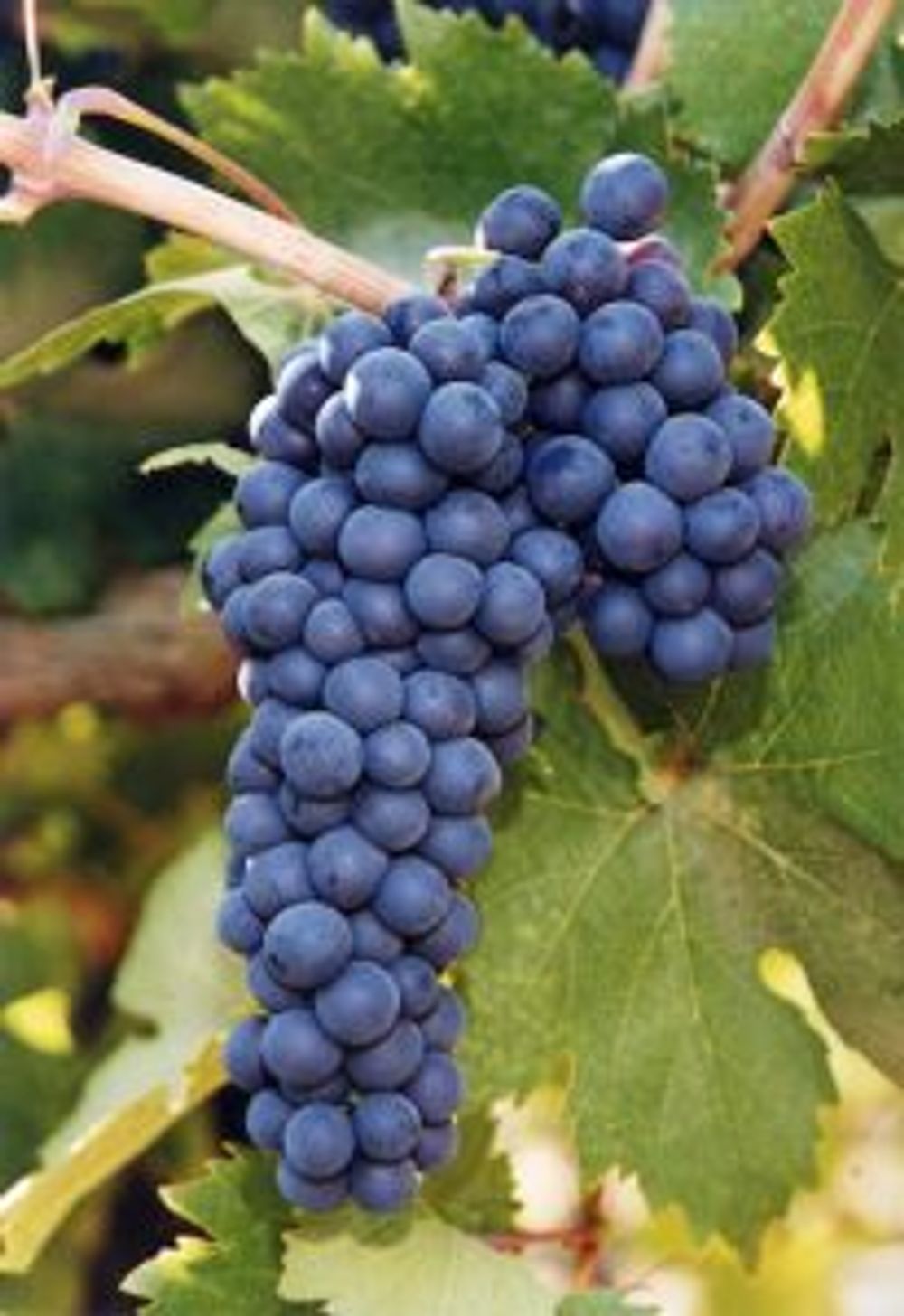
The grape’s naturally high sugar content means that the wines are capable of producing wines with a very high alcohol content and robust flavour.
The Zinfandel masterclass was a real eye-opener
“There’s no wimpy wines here,” Ravenswood’s Joel Peterson said to wine journalist Tim Atkin at the start of a Zinfandel masterclass at this year’s California Wines Summit called Zin and the Art of Mouth Filling Maintenance: Looking Forward at California’s Past.
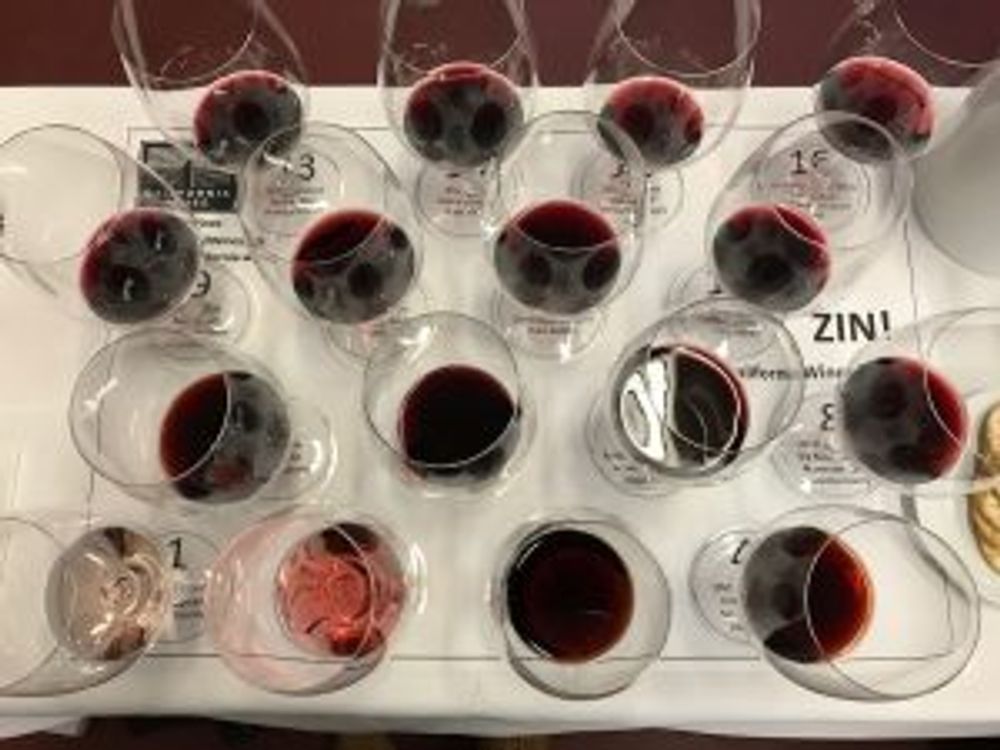
Atkin had been enquiring about the alcohol levels of every wine shown at the summit thus far and, with this being Day 4, the Zinfandel panel were ready, waiting and able to ‘head him off at the pass’. Rather than wait for Atkin’s ABV-related questions, Peterson removed his Stetson and reeled off the alcohol levels.
“14.1, 14.3, 14.5, 15, 15.6, 14.7, 15.5…”
What the 16-strong posse of Zinfandel wines would later go on to prove at the tasting was that – despite the high alcohol – the winemaking style, the level of the acidity, the soil type and the age of the wines all play key roles. And some of these ‘old vines’ (unlike many ‘old vine’ wines touted on the market) really are ‘old vines’ with many dating back to the 1880s.

From left: Stuart Spencer (St. Amant Winery), compere Leslie Sbrocco, Joe Shebl (Renwood Winery), David Gates Sr. (Ridge Vineyards), Joel Peterson (Ravenswood Winery),
The event was a real eye-opener on two counts – the first was how fresh and balanced Zinfandel can be, the second was how well it can age – a 2005 Geyserville from Ridge was one of the wines of the tasting and the 1992 Ravenswood Cooke Vineyard and 1993 Ravenswood Old Hill Ranch (both served from magnum) were to die for.
Local TV star and self-confessed Zinfandel fan, Leslie Sbrocco, who chaired the masterclass called it Zinfandel Botox “it ages so gracefully.”
When we compared notes at the end of the Californian Wine Summit, for many of the delegates, including myself, this Zinfandel tasting was a highlight of the trip and a revelation.
Given that the event was being held at Ravenswood it was fitting that Peterson kicked events off, starting with a brief history lesson and also a nod to a recent wine summit that had shed new light on the origins of the grape.
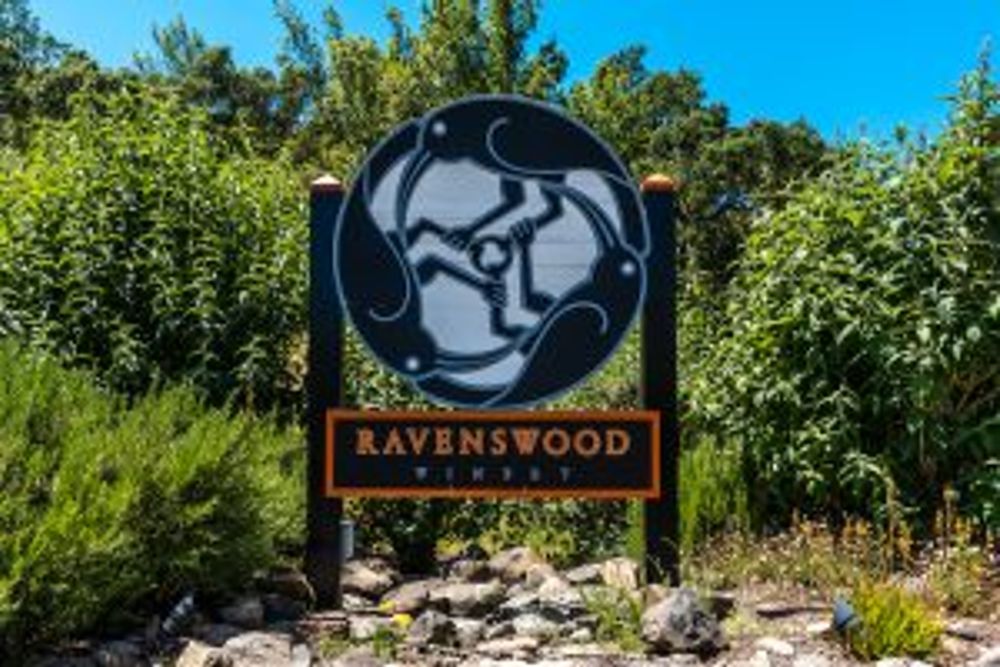
In a nutshell the story of the origin of Zinfandel and Primitivo, the similar grape largely grown in Italy, is the gift that keeps giving – current thinking is that both varieties point to a Croatian grape called Crljenak Kastelanski, although there is a claim from Macedonia that both varietals originated from there.
Certainly by 1824 the time the grape was grown in the Ravenswood district of New York City, where it was being referred to as “Zeeferdel”, “the rough black German grape”and “the foreign grape”.
“Zinfandel is the most famous immigrant that Trump can’t deport,” says Peterson. “The history is so expansive once you unlock the information, it is such an ancient grape. But when it was planted in California it found its home – it is perfect for growing here with warm, dry summers, cool nights, well-drained volcanic soils and all the rain coming in the winter.”

The climate and the properties of the grape – it is early ripening and can retain all its acidity prior to harvest – means that it is hugely adaptable. Zinfandel can make semi-sweet blush or ‘white’ Zinfandel (which has six times the sales of the red in the USA), rosé, dry red, sparkling and sweet wines – late harvest red and fortified ‘Port’ style. While most Zinfandel is made as a 100% varietal, some winemakers prefer to blend it, most famously Ridge that blends it with Carginan and Petite Sirah.

The awesome line-up in full
Although there was a blush and a rosé on show, the masterclass concentrated on Zinfandel dry reds that can be made for early, easy drinking or made to age.
“If it isn’t made in the style to age, though, it won’t,” continues Peterson.
It was clear from the wines at the tasting that many would age very well indeed such was their high level of acidity.
The 1992 and 1993 Ravenswood wines that Peterson had opened showed this well. The 1992 was brick red, evolved and meaty on the nose and saline, acidic, spicy with soy and bay on the palate. The 1993 (which comes from an 1861 vineyard) had a richer nose and Mediterranean herbs, while displaying terrific tension, vitality and freshness on the palate. The acidity reminded me of Northern Italy.
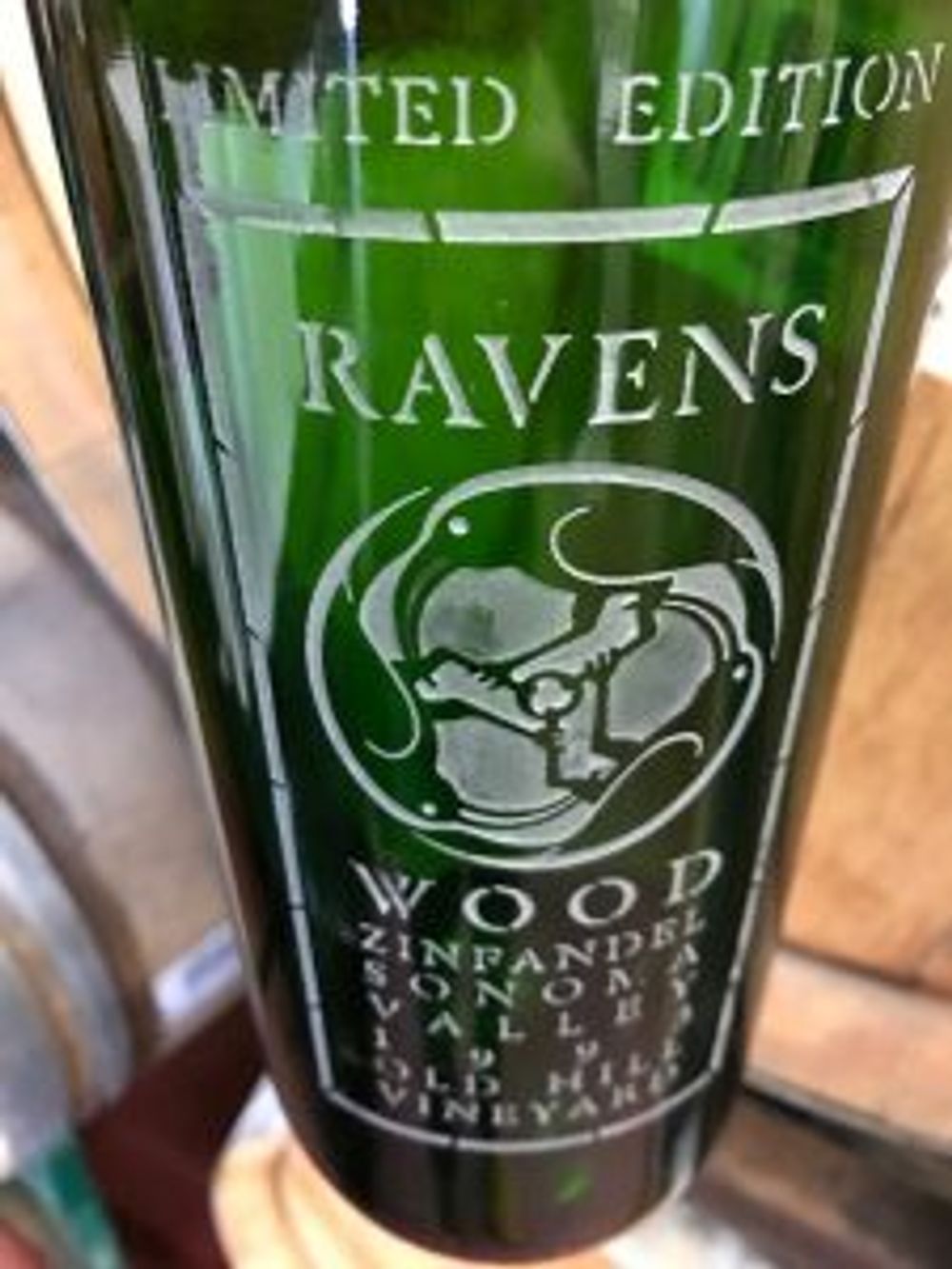
“This is the noble tannin structure and acidity that is characteristic of Sonoma – the wines need age,” says Peterson.
Some other hits from the tasting
The acidity was present in other wines showed at the tasting, most of which were excellently made, tasty wines that were nothing like the bulk, easy dinking Zinfandels that I could remember.
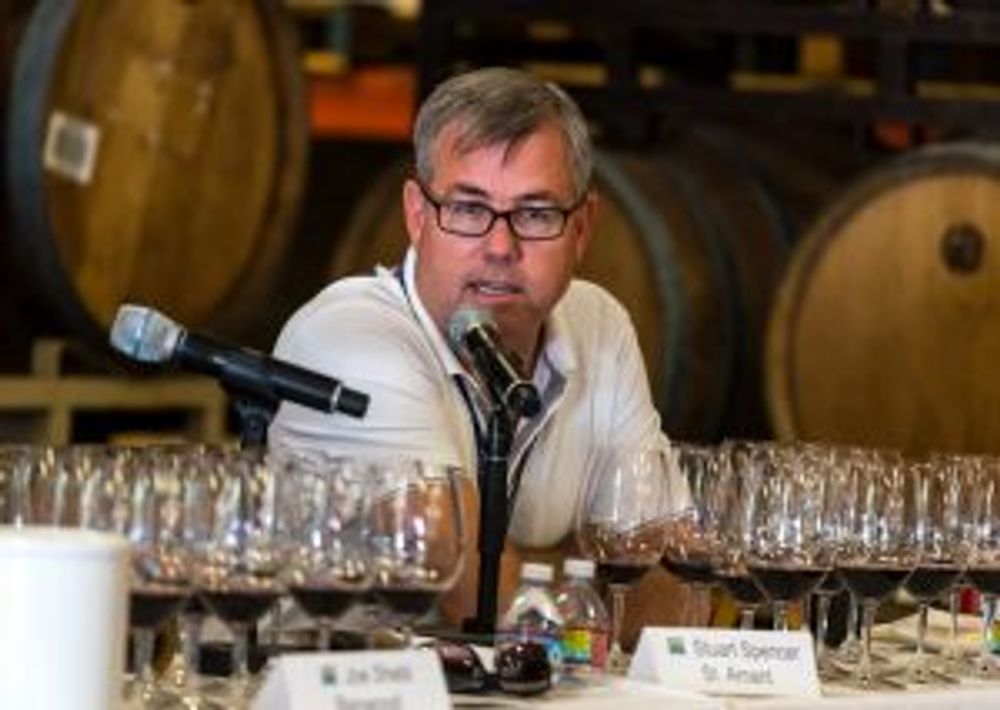
Stuart Spencer
Stuart Spencer from St Amant talked about the potential of Lodi as a region, with many winemakers planting vines. Interestingly when he was looking for sites he checked out where the old graveyards were “The settlers never made graveyards in anything but well-drained soil otherwise when the rains came the coffins would float away,” Spencer says.
His 2014 St Amant ‘Lodi Native’ Marian’s Vineyard had bags of rich fruit flavour but a nice tight, floral savoury finish to the wine.
Amador County is another area where Zinfandel is being planted and which is getting an increasingly impressive reputation. Because of the granitic soils and the higher altitude, there is a shorter growing season and the wines have naturally higher acidity.
“This is good because we are after making lighter wines,” says Renwood’s Joe Shebl, “until the 1980s there were only three surnames in the area and it wasn’t advisable to obey the law at a Stop sign. There is still a way to go.”
The 2014 Renwood Grand Wren from Amador County had lovely fine tannin with a nice chocolate note on the finish, Shebl having learnt the processes at Torbreck. The same winery’s 2014 Renwood Special Reserve from the old vine Grandpère Vineyard from Amador County was excellent too. It had a rich, Mediterranean nose, refined, lovely pure fruit with fine sandpaper tannins.
Also showing well was the 2014 Turley Hayne Vineyard from Napa Valley that had lovely, refined, precise fruit with a distinctive taste of tea biscuit on the finish.
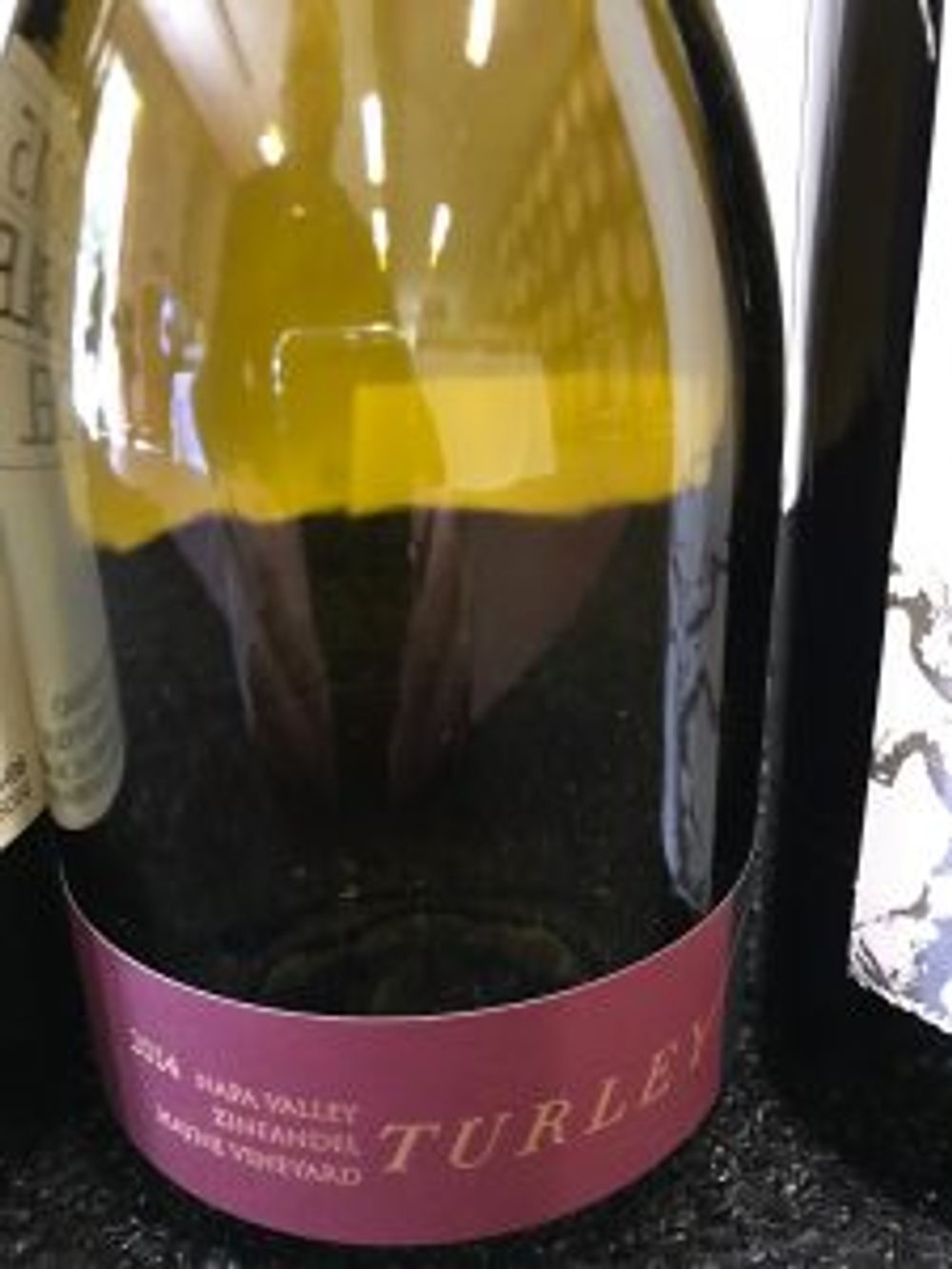

The 2005 Geyserville that is a 22-variety field blend from an 1890s vineyard with Zinfandel making up 77% of the mix, was outstanding. The wine had a lovely refined nose, and although there was a tasty high fruit profile there was better balance in this wine due to some grainy tannins.
Zinfandel will be just one of the many varieties on show at the Californian Wine Fair in London on September 27 and in Dublin on September 28. To register for this event click here

Spicy tacos at an unbelievably good Mexican meal after the presentation, showed how robust Zinfandel is at food pairing
